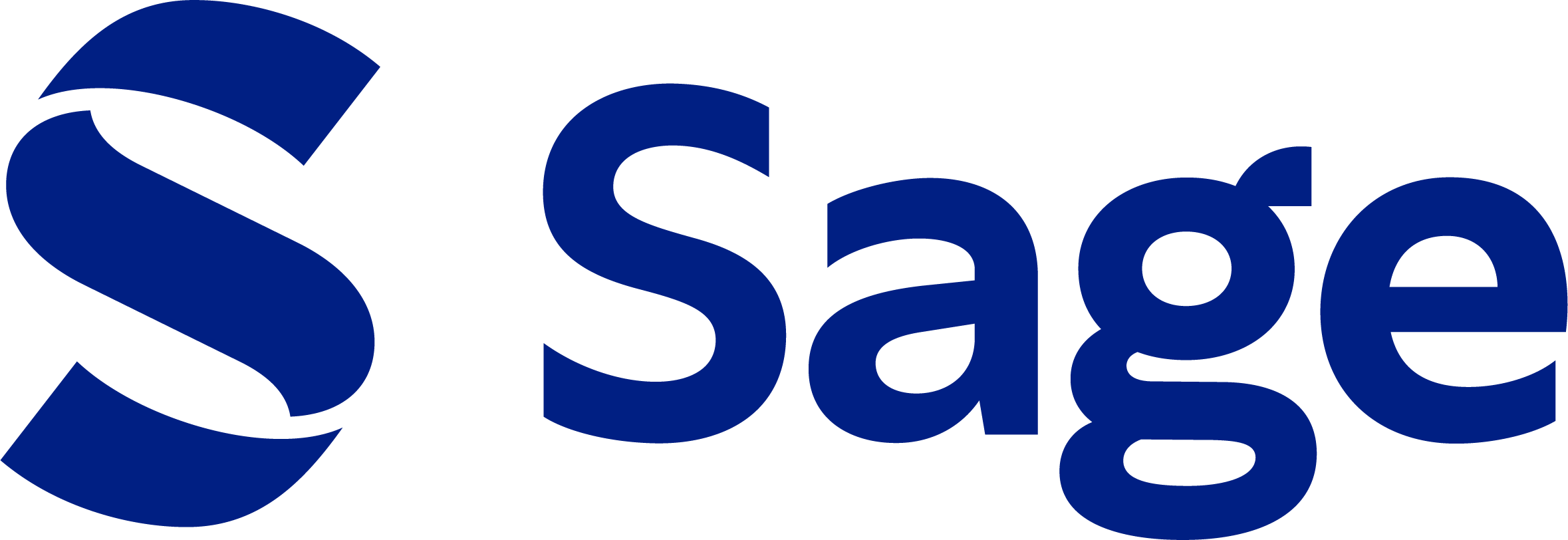The Latest Thinking About Metrics for Research Impact in the Social Sciences
Report kicks off initiative to help researchers demonstrate and achieve impact
While measurement of science impact has traditionally been synonymous with citation counts in academic journals, such counts fail to capture the influence that research can have on policy, practice, and the public. While the social and behavioral sciences (SBS) are uniquely positioned to make this impact and thus benefit society, their true impact is often ignored or overlooked. As a result, sustained attention is needed to help bring attention to SBS’ value. A new report establishes imperatives and recommended actions to improve the measurement of SBS impact.
The report summarizes key points from a workshop Sage convened in February 2019 with world-leading experts on research impact. Participants represented the Alfred P. Sloan Foundation, Altmetric, the Center for Advanced Study in the Behavioral Sciences at Stanford University, Clarivate Analytics, Google, New York University, Sage, School Dash, SciTech Strategies, the Social Science Research Council, and the University of Washington.
Key takeaways from the report include:
The full scholarly community must believe that new impact metrics are useful, necessary, and beneficial to society.
A robust new regime of impact measurement must transcend, but not necessarily supplant, current literature-based systems.
A new regime of social science impact measures must integrate the experiences and expectations of how nonacademic stakeholders will define impact.
All stakeholders must understand that although social science impact is measurable, social science is not STEM, and social science’s impact measurements may echo STEM’s but are unlikely to mirror them.
Social science needs a global vocabulary, a global taxonomy, global metadata, and finally a global set of benchmarks for talking about impact measurement.
The report also maps out stakeholder categories, defines key terms and questions, puts forward four models for assessing impact, proposes next steps, and presents a list of 45 resources and data sources that could help in creating a model of SBS impact.
Sage’s new impact initiative focuses on SBS specifically, exploring unique features that distinguish SBS from natural sciences, whether it be the threats to funding aimed specifically at social and behavioral fields or the integral nature of human action in every other field.
Those interested in engaging in the social science impact debate can do so at socialsciencespace.com/impact or on Twitter using #socialscienceimpact.
